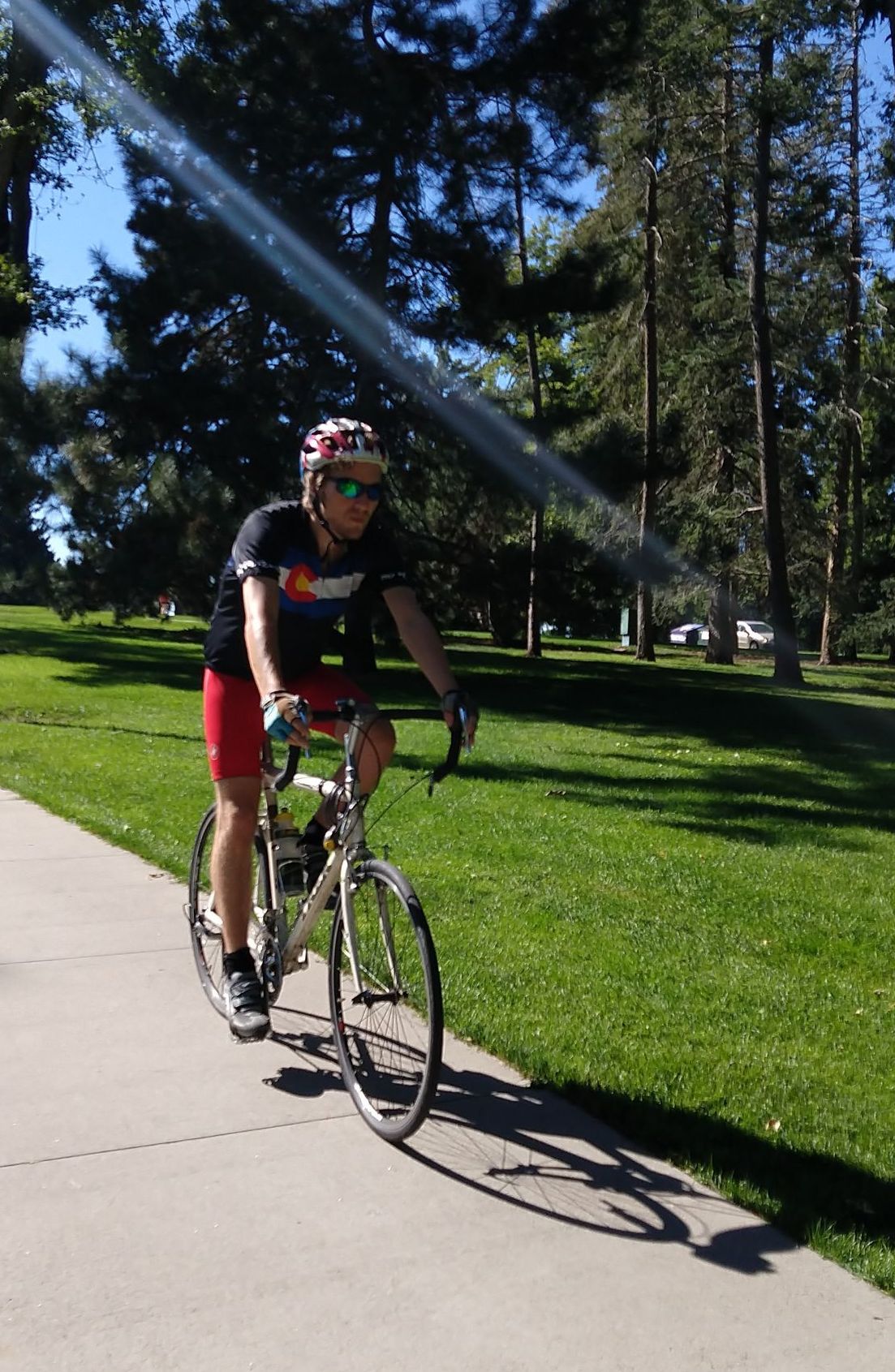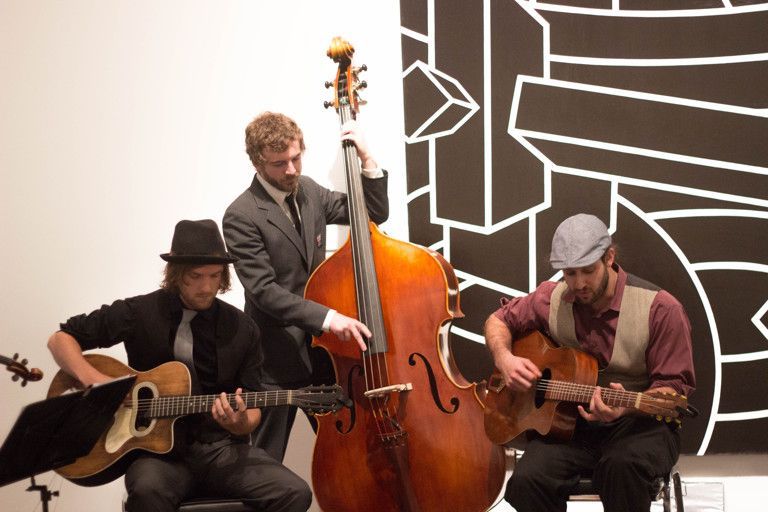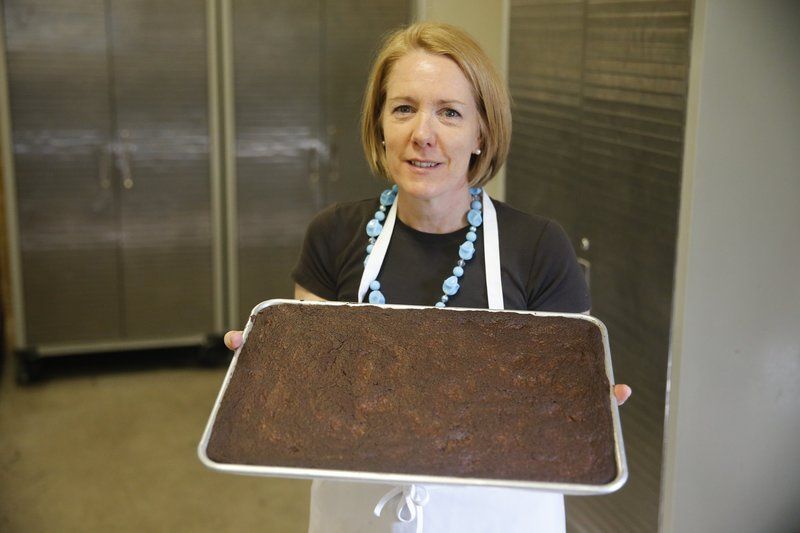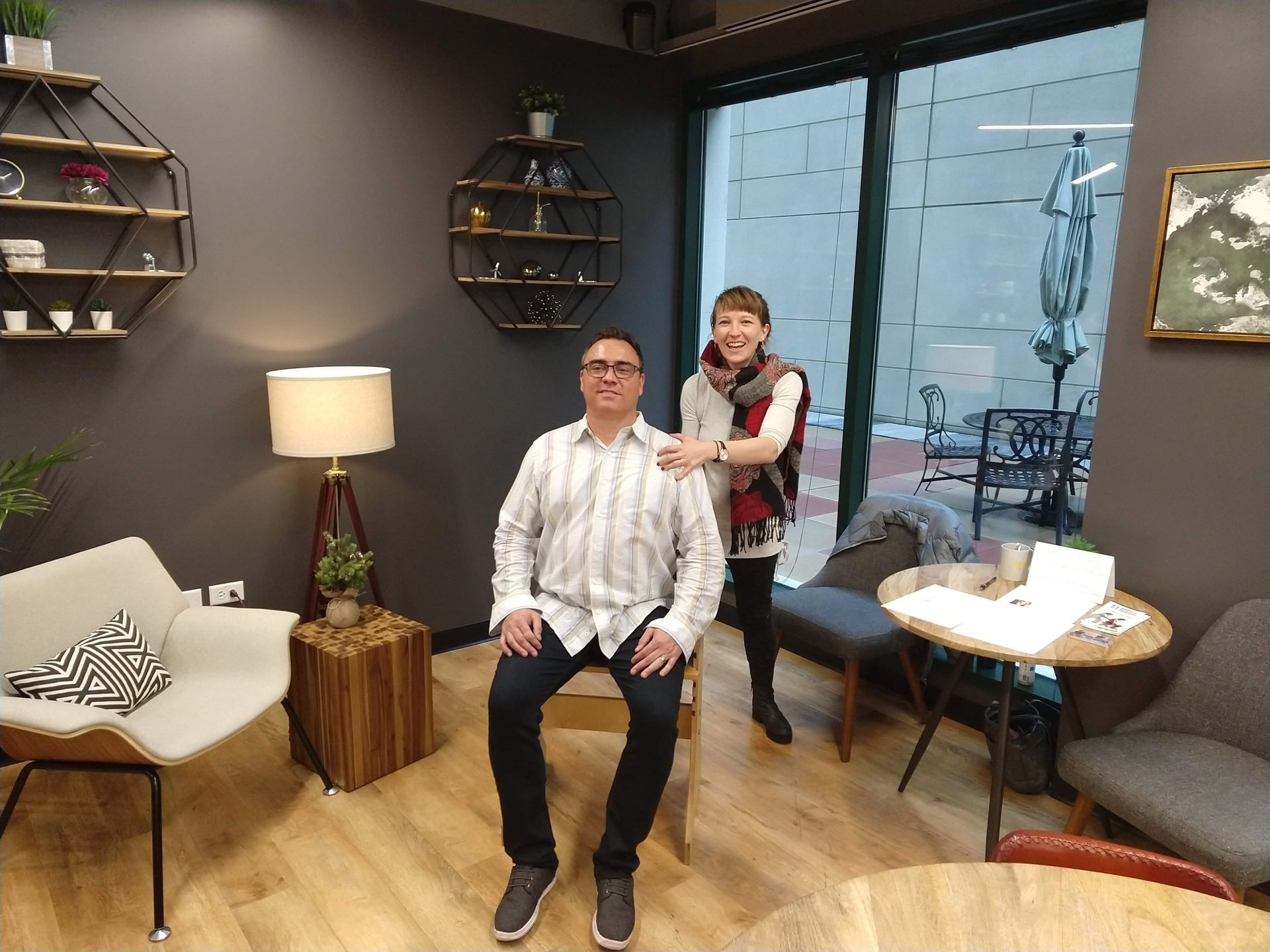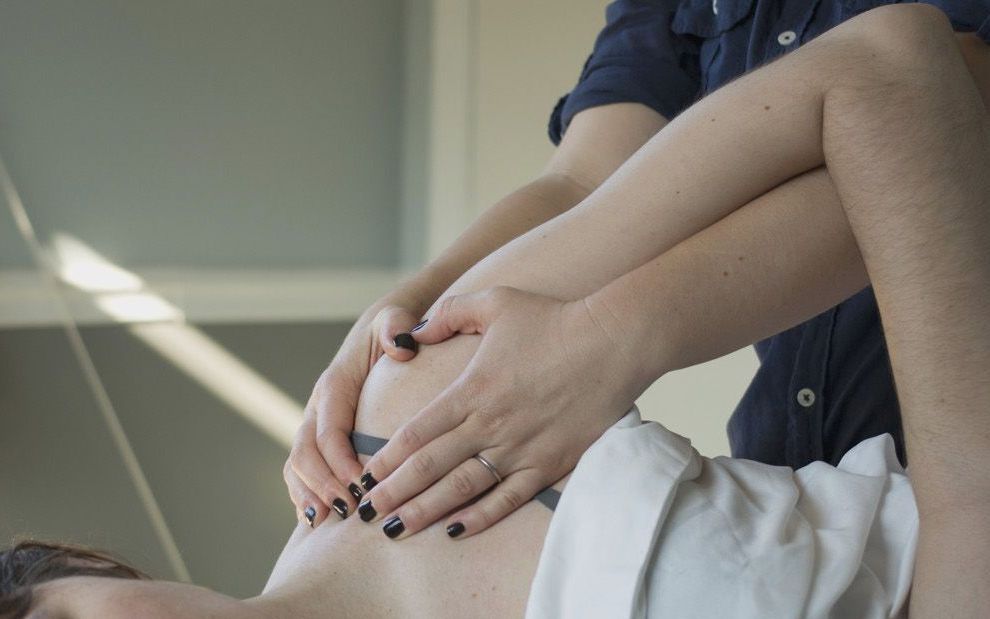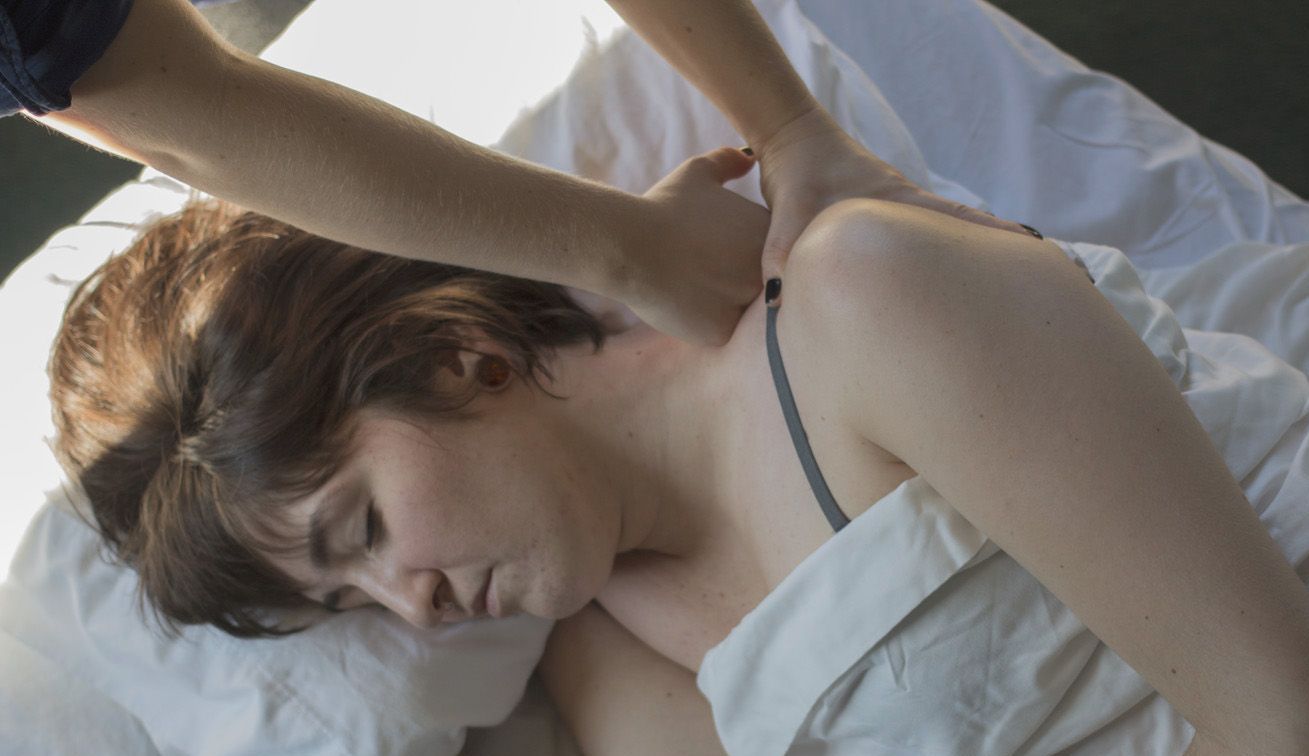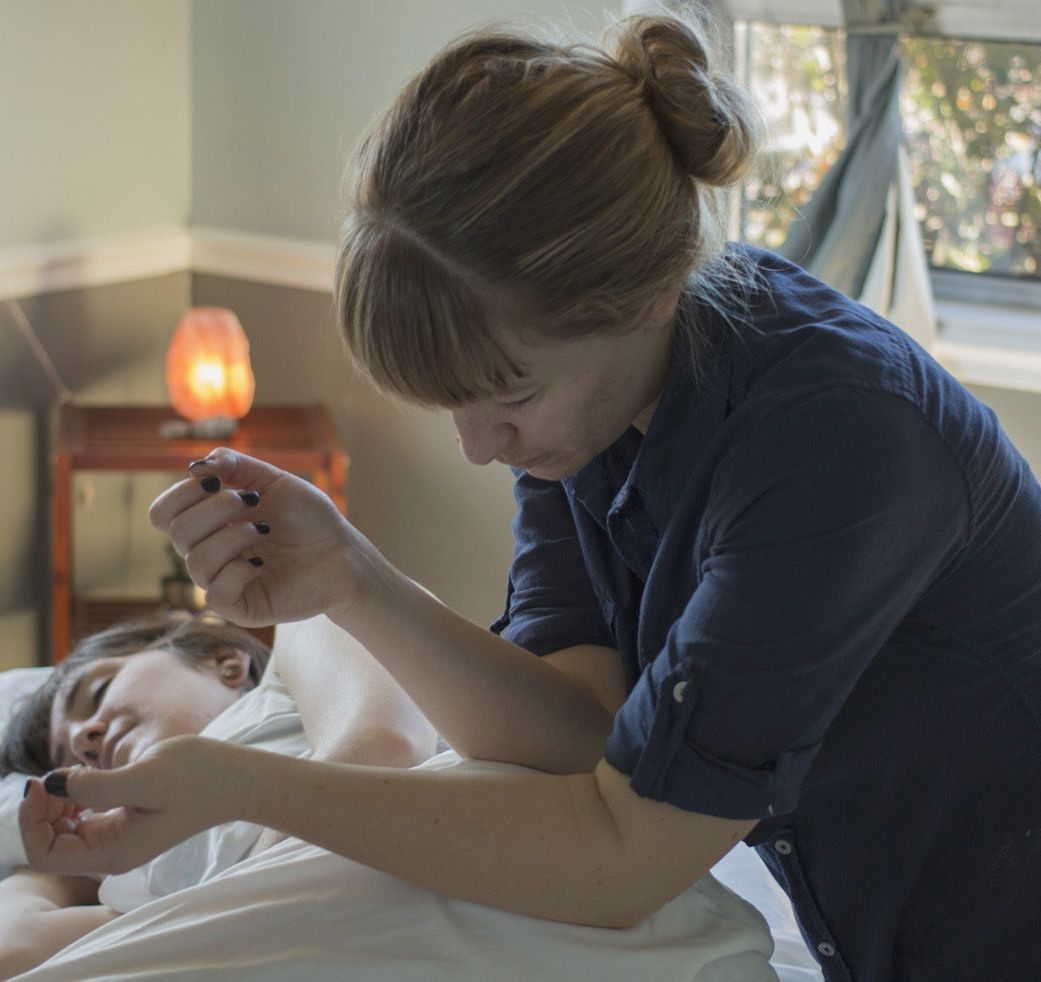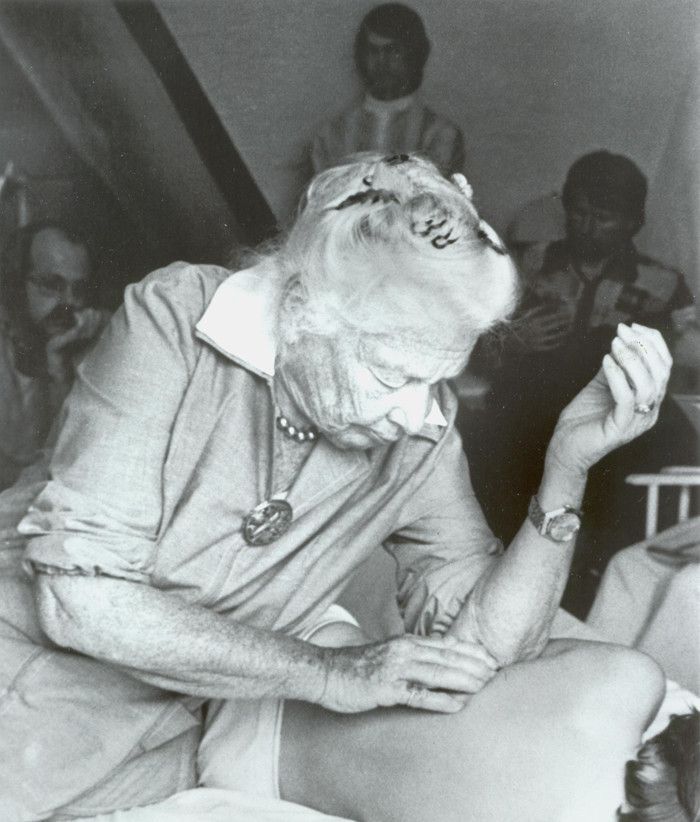More about Rolfing: History and Concept
Rolfing is named for Dr. Ida Rolf, a biochemist who got her doctorate from Columbia in 1916. She left academia in the 1930’s as she sought to help people more concretely. Over the next 30 years, she developed her unique view of the body and this method of working to enable vitality, which drew on her study of osteopathy and yoga, among other disciplines. Her understanding of connective tissue as a seamless network through the body has recently been corroborated by scientific studies.
As the only life forms that stand on two feet, human beings have a unique relationship with gravity. We translate our weight through a delicately balanced structure to two relatively small points of contact with the ground, the feet. Through the course of living, it is easy for this balance to become shifted in a way that causes us to have constant strain just to walk and stand upright.
“We are using gravity as a tool. Gravity is the only tool that deals with chronic situations in the body.” ~Ida Rolf, founder of Rolfing [pictured at right] Gravity can work for us or against us. It is a constant force throughout our lives, which can either wear our bodies down or keep them cohesive and energized. This became a cornerstone in the philosophy of Rolfing, as well as Ida Rolf’s unique areas of study, including biochemistry, yoga, osteopathy, homeopathy, and Alexander technique. As early as the 1950’s, she saw the importance of connective tissue, specifically fascia, in determining the body’s shape–and its relationship with gravity. What was and often still is viewed as little more than packing material, she understood to be “the organ of structure.” Fascia surrounds every muscle fiber, every organ, every nerve in our body.
Fascia is responsible for much of our body’s posture—our shape in space. And it is responsive to change. It changes based on our activities and impacts from the outside, as well as our habitual positions and ways of carrying ourselves. Over time, our body will shape itself to what we use it for. Be it many hours a day in front of a computer, working manual labor, daily running or yoga, or carrying a baby on the same hip—the sum of our activities will be reflected in our body’s fascial organization, or lack of it.
Rolfing is about how best to change the structure of fascia in order for your body to flourish with your lifestyle, whatever it may be. Many different techniques can be employed to meet these ends. Rolfing techniques are as varied as pairs of Rolfers and clients: they can be hands-on: strong, gentle, deep, surface level, direct, indirect, fast, slow, intense, or subtle…or educational and experiential through walking, asking questions, talking, breathing, movement activities and more. Generally what feels good to the client is often the approach that is most beneficial for them.
Over a series of sessions, a Rolfer analyzes the client’s structure and ‘redirects’ the fascia for the best possible relationship between all parts of the structure and gravity. If a body is in harmonious alignment, gravity reinforces the structure, resulting in ease of movement and the absence of chronic tension.
